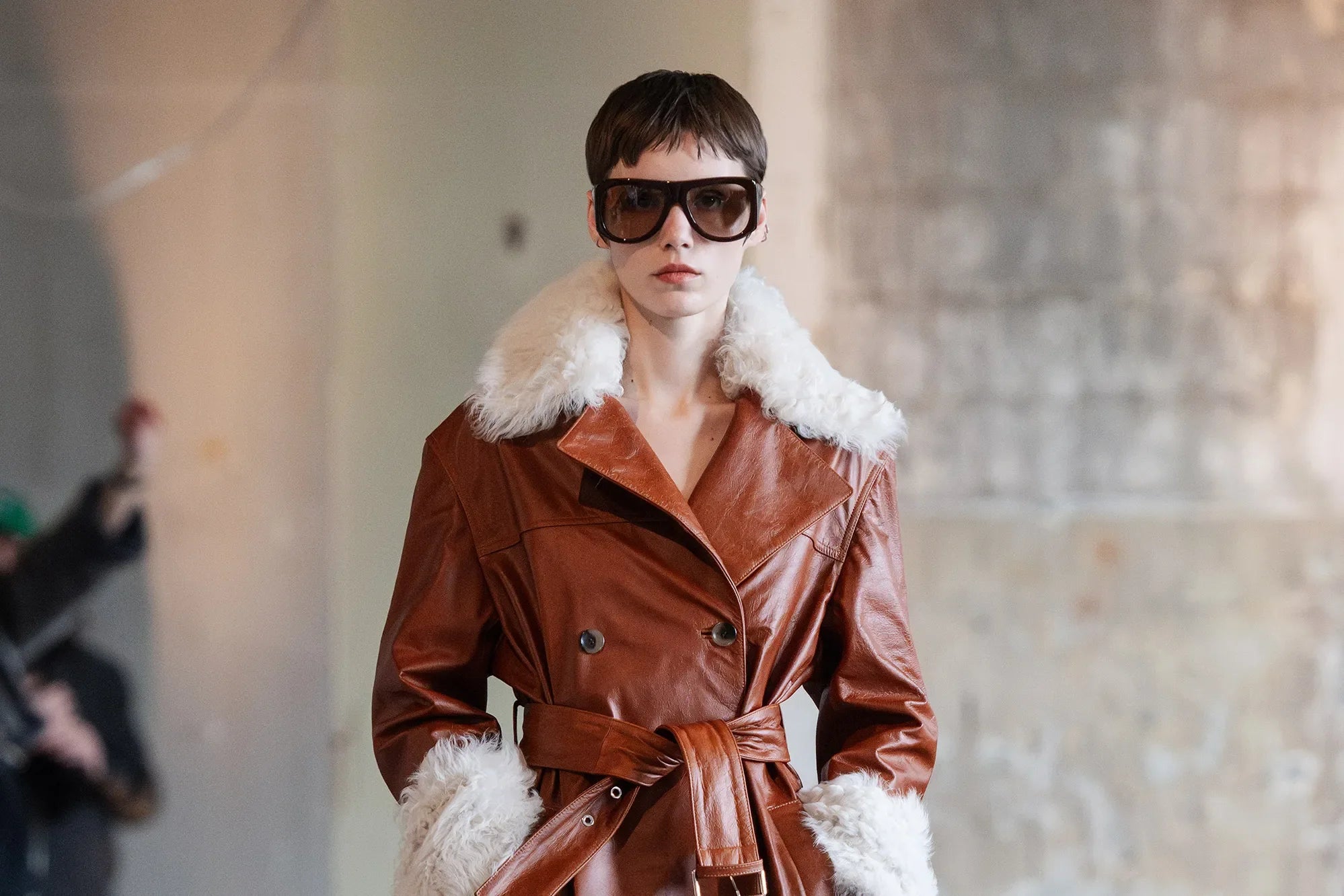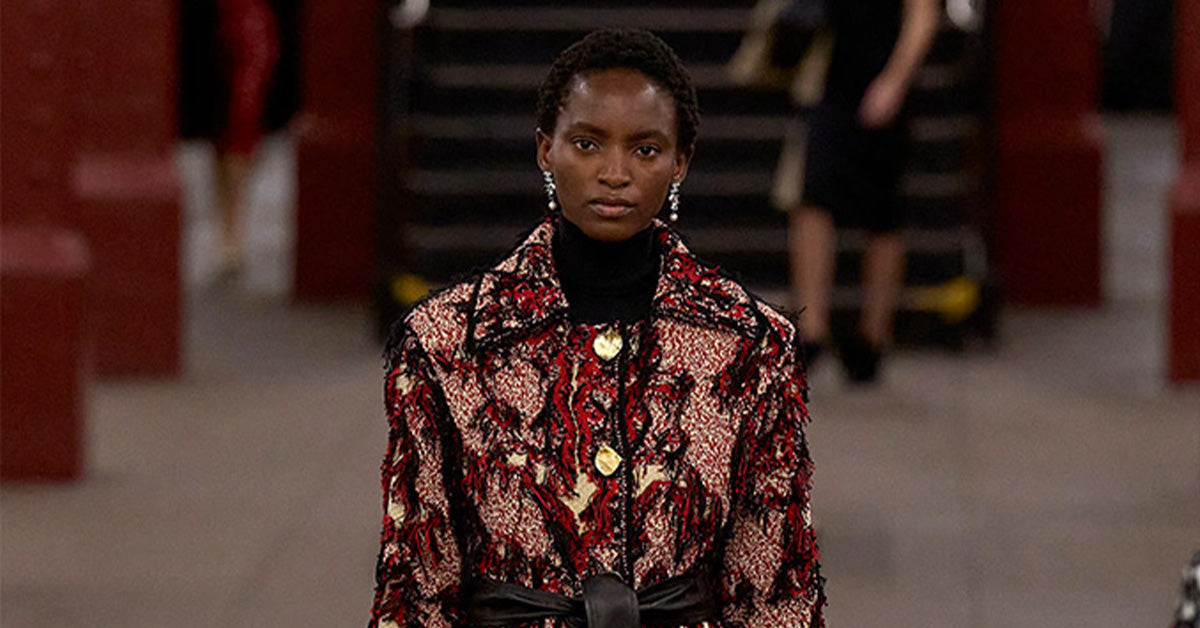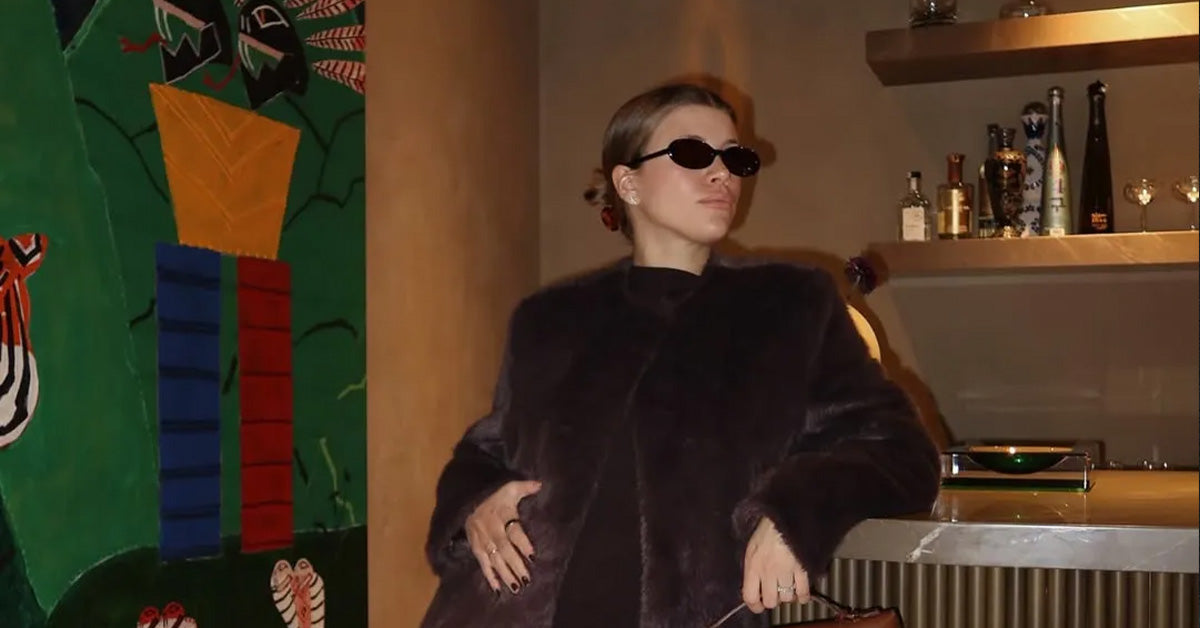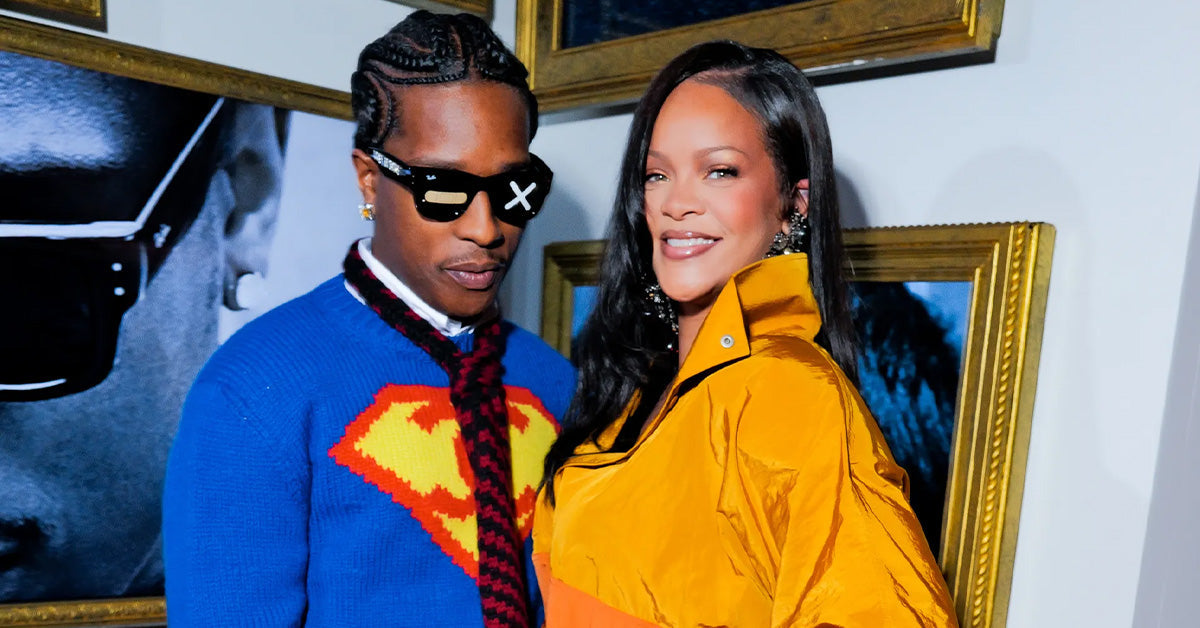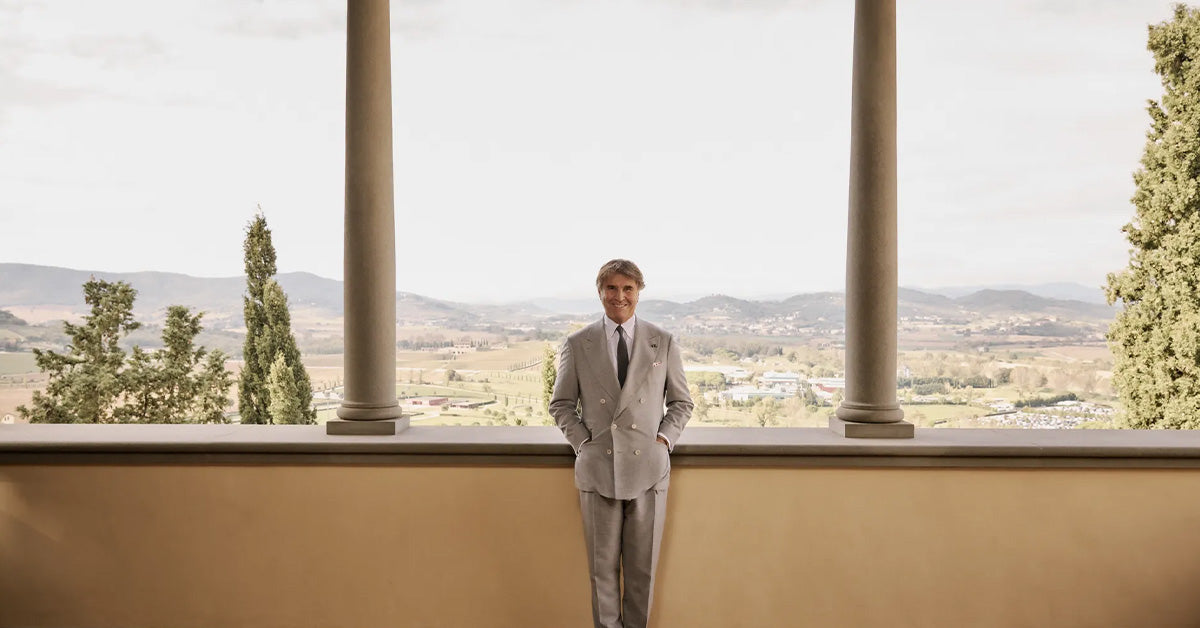After a six-year absence, Stockholm Fashion Week has staged a triumphant return, redefining the Nordic fashion landscape and signaling a new era for Sweden’s creative community. Here’s why the relaunch matters—for Scandinavia and the global industry alike.
The Triumphant Return: A New Chapter Begins
When Stockholm Fashion Week opened its doors from June 2–5, 2025, it did more than revive a dormant event—it catalyzed a transformation in how the world views Swedish fashion. After a six-year hiatus, the week’s return was not simply a continuation of tradition but a radical reinvention. Under the determined leadership of the Association of Swedish Fashion Brands (ASFB), the event was revitalized with a vision that looked resolutely toward the future.
What set this edition apart was the unprecedented backing from the Swedish government, specifically the Ministry for Foreign Affairs. This level of state support—a first in the event’s history—marked a seismic shift in Sweden’s approach to fashion as both a cultural export and a strategic industry. No longer a peripheral player, Stockholm Fashion Week has declared its intention to join the ranks of the world’s essential fashion destinations.
Government Support: Fashion as National Strategy

The involvement of the Swedish government is more than ceremonial. By aligning the national agenda with the ambitions of homegrown designers, Sweden is positioning fashion as a pillar of its global identity, akin to music, film, and technology. The Ministry for Foreign Affairs’ endorsement signals to international markets and investors that Swedish fashion is a serious enterprise—worthy of attention, investment, and, crucially, respect.
This strategic backing not only provided tangible resources but also conferred legitimacy. It is a message to the world: Swedish fashion is open for business—innovative, export-ready, and globally relevant.
Emerging Talent Takes Center Stage

In a move that upended expectations, this year’s Stockholm Fashion Week deliberately shifted the spotlight away from established Swedish powerhouses. Instead, the runways—and the city—belonged to emerging designers and experimental labels.
The absence of major legacy brands was not an omission but a statement. It created an unprecedented platform for the next generation of Swedish talent to command attention. The result was an intoxicating sense of discovery, with smaller, independent names seizing the opportunity to define what Scandinavian style means today.
- Fresh perspectives replaced familiar signatures, challenging assumptions about minimalism and functionality so long associated with Nordic fashion.
- Experimental aesthetics and bold storytelling became the new currency, reflecting a generational shift in both design and attitude.
- Diversity of vision was a prominent theme as designers explored new narratives, materials, and identities within and beyond Sweden’s borders.
This approach was not simply about inclusivity—it was a calculated risk to disrupt the status quo and offer the world a revitalized, more nuanced vision of Swedish creativity.
Innovative Formats: Beyond the Traditional Catwalk

Stockholm’s relaunch was as much about how fashion is presented as what is shown. Brands eschewed the conventional catwalk in favor of unorthodox, immersive presentations that blurred the lines between performance, installation, and runway.
This pivot to creative storytelling resonated deeply with both press and buyers, underscoring a growing fatigue with formulaic shows. The experimental spirit extended even to the collections themselves, with some labels boldly unveiling their Spring/Summer 2026 lines—well ahead of the traditional fashion calendar.
The unconventional timing of the event, nestled between the established seasonal cycles, became a feature rather than a flaw. It allowed designers to:
- Test new presentation concepts without the pressure of direct comparison to Paris, Milan, London, or New York.
- Engage international buyers and media in a more focused, less crowded environment.
- Encourage risk-taking and innovation, both in product and in narrative.
In a landscape where global fashion weeks are often criticized for staleness and homogeneity, Stockholm’s willingness to experiment felt like a breath of fresh air—and may well inspire other cities to follow suit.
International Engagement: Sweden’s Global Ambitions

If the 2025 edition of Stockholm Fashion Week was a test of international relevance, it passed with flying colors. The ASFB orchestrated a targeted strategy, hosting 30 key international press and buyers. The effort paid off, drawing significant interest, notably from Japan, Korea, Italy, and France—regions where Scandinavian fashion is both admired and commercially potent.
The feedback from buyers was resoundingly positive. There is a palpable expectation that some of the newly spotlighted brands will soon be gracing the racks of major overseas retailers. This enthusiastic reception is crucial: in an era where local scenes can quickly gain global traction, Stockholm is positioning its designers for rapid, international scale.
John-Jamal Gille, director of the ASFB, captured the mood succinctly: “For 2026, we’ll be ready.” This is not a one-off experiment, but the start of a concerted, multi-year repositioning of Stockholm as a vital node in the international fashion network.
Disrupting the Scandinavian Stereotype
For decades, Scandinavian fashion has been shorthand for sleek minimalism and effortless chic. While these values endure, the 2025 relaunch sought to complicate—and invigorate—that narrative. By foregrounding radical new voices and eschewing predictability, Stockholm is challenging the world to rethink what “Nordic style” truly means in the twenty-first century.
The event’s experimental energy, coupled with its strategic international focus and state endorsement, signals a deliberate pivot. Stockholm is no longer content to be a regional outpost; it is asserting itself as a global tastemaker, with the confidence and resources to match.
A Platform for the Future
Perhaps the most significant takeaway from Stockholm Fashion Week’s relaunch is its clear-eyed commitment to the future. The event has been intentionally designed as a platform for long-term growth and innovation, not just a fleeting spectacle.
- For new designers: It offers unprecedented exposure and a launchpad for international careers.
- For buyers and press: It provides a curated, forward-thinking selection of talent ready for the next stage.
- For Sweden: It is an instrument of soft power, projecting creativity, sustainability, and modernity to the world.
This is just the beginning. As the ASFB and its partners look toward 2026, the message is clear: Stockholm is ready to disrupt, inspire, and lead.
Conclusion: Stockholm’s Renaissance and Its Global Reverberations
The 2025 relaunch of Stockholm Fashion Week is more than a comeback—it is a renaissance, a recalibration, and a challenge to the global fashion ecosystem. By harnessing government support, championing emerging talent, and reimagining presentation formats, Sweden has positioned itself at the forefront of fashion’s next chapter.
As the world turns its gaze to the North, Stockholm stands poised to redefine not only Swedish style but the very possibilities of what a fashion week can be. The reverberations of this bold experiment will be felt far beyond Scandinavia—and the next act has only just begun.

